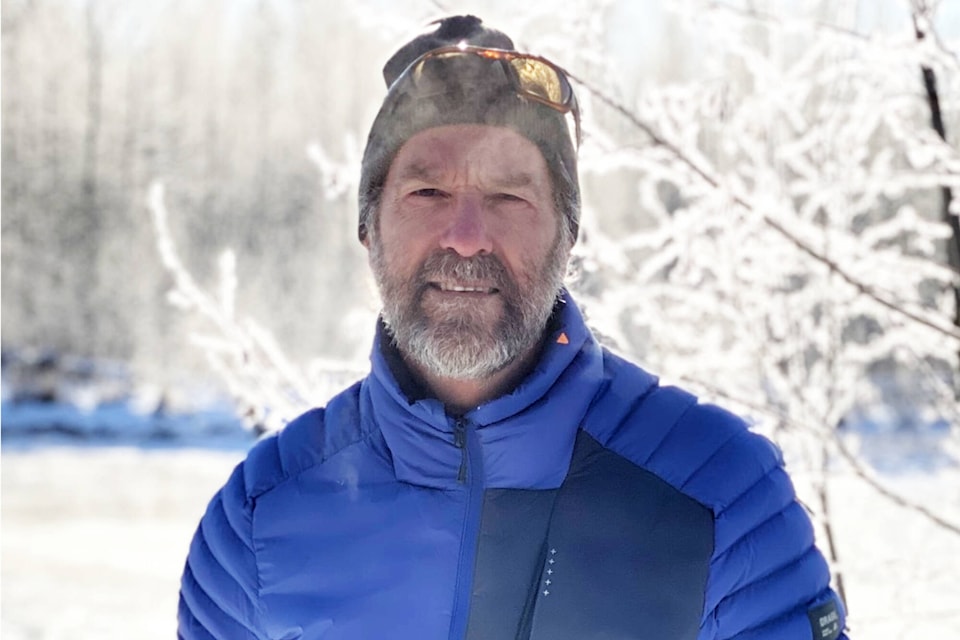By Jim Cooperman
Special to the Observer
Everyone loves big trees, especially Terry Nelson, who recently published a massive collection of stories and photos about the last of the B.C. Interior’s ancient giant trees.
Nelson recently released the book, Big Trees of the Inland Temperate Forests of British Columbia, and will be in Salmon Arm to present a talk sponsored by the Shuswap Environmental Action Society (SEAS) and KAIROS on Feb. 8, at 7:30 p.m. at the First United Church Hall.
Two years ago, Nelson toured the Shuswap to visit and record the statistics of local record-sized trees, with help from members of the Shuswap Environmental Action Society (SEAS) and Shuswap Outdoors, in the Larch Hills, Sicamous and the Enderby Cliffs. The book includes a section about the Shuswap, including the story of the Seymour Giant written by SEAS president, Jim Cooperman.
Five years in the making, the book shares Nelson’s admiration for these remaining Interior B.C. giants, many of which were already towering elders long before Europeans arrived in North America. Given what so far appear to be empty promises by the provincial government to protect the few remaining ancient forests, the book is timed perfectly to mesh with growing public concerns about the increasing threats to biodiversity from clearcut logging.
Nelson’s collected anecdotes and photos capture and celebrate the primal emotions most people have when they can visit and hug giant trees, and his narratives assist readers to help them better understand the acute need to preserve what little remains.
“Hopefully readers will gain a deeper appreciation and understanding of the importance of old growth forests and the role they have in supporting earth’s life systems,” said Nelson. “If readers take on a role of Big Tree Seeking themselves and share their nominations with their local Big Tree Registry, then this can only further the cause of identification leading to protection.”
In addition to Nelson’s presentation, Cooperman will present a brief talk about current threats from logging to the remaining antique rainforest in the Upper Seymour River Valley. This area is adjacent to the existing provincial park that was protected in 2001 thanks to the work of SEAS.
The Seymour valley was logged decades ago, but with the blocks now greening up with plantation trees and the roads overgrown with brush, the rapidly declining herd of caribou are now utilizing these forests again, as it is critically important habitat for them. Allowing more logging now, which is adamantly opposed by the Splatsin, could mean the bitter end for these endangered caribou, said Cooperman.
After the talks, Nelson will have copies of the book available for purchase. Everyone is welcome to attend this free, informative evening of slideshows and talks.
Read more: Column: Ancient cedar stands at risk in Shuswap’s own Fairy Creek
Read more: Column: Determining how many trees can be logged
newsroom@saobserver.net
Like us on Facebook and follow us on Twitter
Sign up for our newsletter to get Salmon Arm stories in your inbox every morning.
